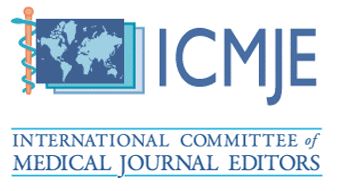Occupational Risk Factors for Seropositive Leptospirosis among Town Service Workers in Northeastern Malaysia
DOI:
https://doi.org/10.51200/bjms.v16i1.3139Keywords:
leptospirosis, microscopic agglutination test, occupational hazardsAbstract
Leptospirosis is speculated to be one of the most prevalent re-emerging zoonotic diseases to date, and town service workers are continuously exposed to occupational hazards that may increase their risk of infection. This study aimed to determine the occupational risk factors for leptospirosis among town service workers in northeastern Malaysia. A cross-sectional study was conducted among town service workers from four municipal councils. All sera samples were tested for the presence of anti-leptospiral antibodies using an enzyme-linked immunosorbent assay (ELISA) followed by a microscopic agglutination test (MAT). We found that 82 serum samples from 321 respondents were positive in the MAT (seroprevalence rate of 25.5%). Multiple logistic regression analysis identified overtime work (adj. OR 2.13; 95% CI 1.19, 3.84), contact with animals while working (adj. OR 2.09; 95% CI 1.06, 4.11), sighting of rats at the worksite (adj. OR 2.17; 95% CI 1.11, 4.25) and living less than 200 m from a river (adj. OR 1.84; 95% CI 1.03, 3.28) as risk factors for leptospiral infection. Whereas age (adj. OR 0.95; 95% CI 0.93, 0.98), wearing boots while working (adj. OR 0.44; 95% CI 0.25, 0.80) and washing hands with soap after work (adj. OR 0.20; 95% CI 0.10, 0.42) were recognised as protective factors. In conclusion, an association was observed between leptospirosis seropositivity among town service workers and the occupational factors. Prevention and control strategies for leptospirosis will require more focus on curbing the possible sources of leptospirosis transmission and maintaining safe work practices in high-risk working environments.
Downloads
Published
How to Cite
Issue
Section
License
The copyright of the article belongs to the authors, who retain ownership of their work published in the journal. Their work is distributed under the CC BY-NC 4.0 license








1.png)




